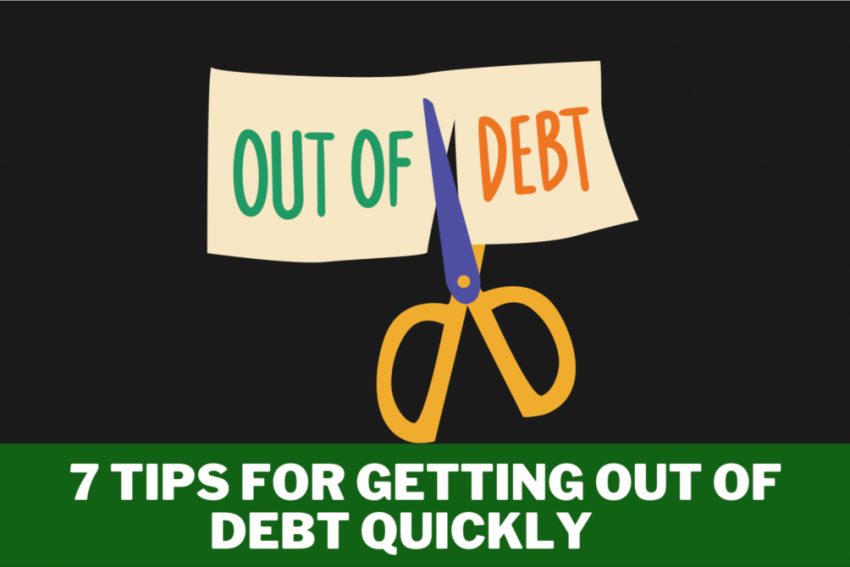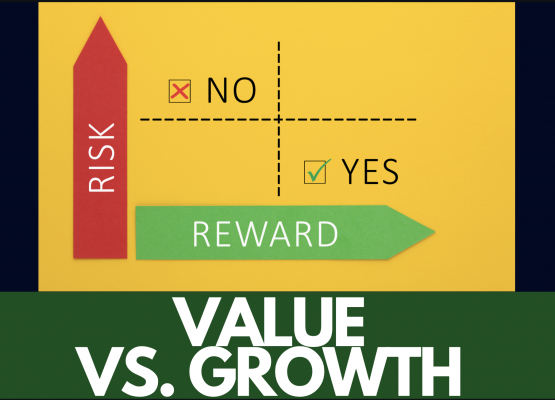Introduction
Debt: a four-letter word that sends shivers down the spines of many. Whether it’s student loans, mortgages, credit card balances, or personal loans, debt has become an inescapable part of our lives. Yet, it doesn’t have to define our financial futures. With the right strategies, you can pay off your debts more quickly than you may think. Let’s explore seven effective ways to do this.
1. Implement the Debt Snowball Method
Popularized by finance guru Dave Ramsey, the Debt Snowball Method focuses on paying off the smallest debts first while making minimum payments on larger ones. The rationale behind this approach is psychological: each small debt you eliminate gives you a sense of victory, creating momentum and motivation to tackle the larger ones. As each debt is paid off, the money that was being put towards it is then ‘rolled over’ to the next smallest debt, creating a ‘snowball’ effect.
2. Try the Debt Avalanche Method
The Debt Avalanche Method is more focused on numbers than emotions. This strategy suggests paying off debts with the highest interest rates first, while maintaining minimum payments on the rest. Over time, this approach can save you more money than the snowball method since you’re reducing the most costly debts first. However, it might require more patience, as progress may initially seem slower.
3. Opt for Debt Consolidation
Debt consolidation involves taking out a new loan to pay off multiple debts. The goal here is to secure a lower interest rate, a lower monthly payment, or both. This can be done through a balance transfer credit card, a personal loan, or a home equity loan. However, tread carefully: while debt consolidation can simplify payments and potentially reduce costs, it can also tempt you to incur more debt.
4. Leverage Windfalls
A financial windfall — such as a bonus, a tax refund, an inheritance, or a raise — presents an excellent opportunity to make significant progress in paying down your debt. Although it might be tempting to use this money for a vacation or a luxury item, consider putting at least a substantial portion of it towards your debt. This can help expedite your journey towards financial freedom.
5. Trim Your Budget
Look at your monthly budget and identify areas where you can cut back. Consider dining out less frequently, canceling unused subscriptions, shopping for less expensive groceries, or downsizing your living situation. These savings can then be funneled towards debt repayment. Be realistic and maintain a budget that allows for both necessities and some fun, but remember: the more you cut back, the faster you can become debt-free.
6. Increase Your Income
While cutting back is beneficial, increasing your income can be an even more powerful tool in speeding up debt repayment. This can be achieved in a variety of ways: take on a part-time job, freelance, sell unused items, or rent out a portion of your home. Extra income, when used to pay down debt, can make a significant difference in your financial landscape.
7. Set Specific, Achievable Goals
Like any long-term venture, paying off debt quickly requires clear, attainable goals. Break your overall debt into manageable chunks and set timelines for when you aim to have each part paid off. Celebrate these small victories; they will keep you motivated along your journey. And remember: staying consistent and disciplined are key factors in achieving these goals.
Conclusion
Paying off debt quickly is no easy task; it requires sacrifice, patience, and resilience. However, by employing these seven strategies — whether individually or in combination — you can gain control over your financial future and emerge from the shadow of debt more quickly than you might imagine. Start with the first step today, and before you know it, you’ll be on your way to living a debt-free life.




